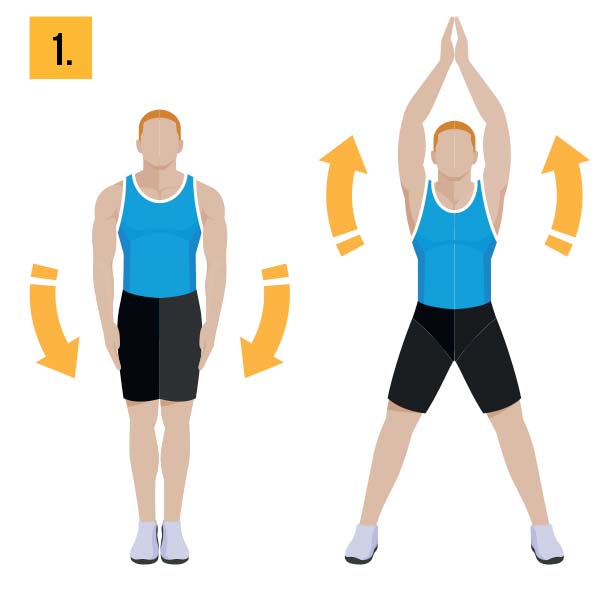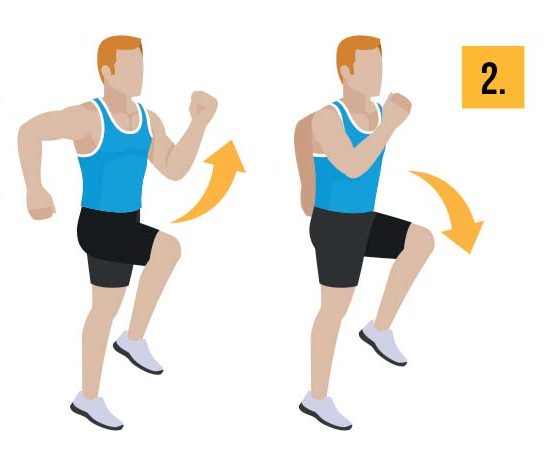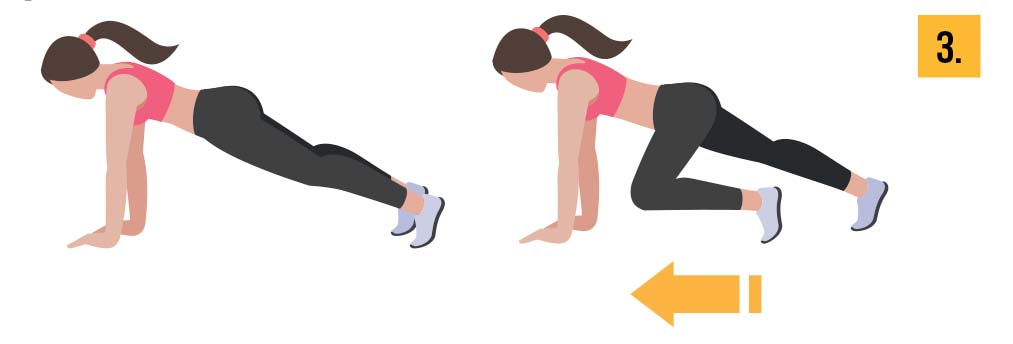Work off that Christmas gut with the ABR fitness masterclass
The new year and the Christmas overeating is a memory, and new travels are being planned. Many people start a fitness programme due to this overindulgence, only to let it slip after a few weeks, something that you should avoid if at all possible.
In 2017, this fitness section in ABR looked at building a muscular endurance circuit, so, if you have been following that you are on the right track already. In 2018, the goal is to add to this circuit, so even if you are starting now, you have no excuse! A new area we are introducing here is the general aerobic fitness that an adventure bike rider needs to cope with long hours in the saddle and trickier off-roading.
Think of it as a base on which to build your muscular endurance. At this time of year, this will target two areas: the physical demands of your upcoming adventures, and the odd extra Christmas pound you may have gained.
If you can get to a gym and use the various cardiovascular (CV) machines such as a rower, bike, treadmill or cross trainer, then use the heart rate guide below as a start.
If you don’t like gyms, don’t worry, as in 2018 we are including various ‘pulse raiser’ exercises that you can do anywhere.
Your Heart Is Your Engine
Most clients ask me, “how do I know what intensity to work out at?”
The answer involves a little maths and a method of checking your heart rate.
There is a general equation for this: you subtract your age from 220 and multiply that figure by 0.85 and 0.65, this will give you a range of 65-85% of your theoretical maximum heart rate.
For example: If you are 35, then 220 -35 = 185. Times that by 0.85 to get 157 to get the top end, then times 185 by 0.65 to get 120. This gives you a range of 120-157 beats per minute.
You should try and aim to keep your heart rate in this ‘zone’ throughout the pulse raiser exercises, and include some of the higher end of this range as this will elicit the best response.
You can use a heart rate monitor (either a wearable or those found on gym machines) or manually check your pulse during the gym session, or at the end of each circuit of exercises below to check you are in the zone.
To check, manually feel for your wrist (radial) pulse and count the pulse for six seconds and multiply by 10 to estimate your heart rate.
Starter Exercises
Jumping Jacks: start with your feet together and your hands by your sides, then simultaneously jump, open your legs and raise your arms above your head. You can modify the intensity to suit your level of fitness by increasing or decreasing the height and tempo.

High knees: this is similar to jogging on the spot, but you try and raise your knees to level with your waist. Again, modify this for your level of fitness by the height of the knees and the tempo.

Mountain Climbers: This has the same start position as a press up and you pump the legs alternately whilst keeping your backside down and your back straight. This exercise is more intense than the other two.

You should build a mini circuit with these three exercises: start with 30 seconds of jumping jacks, 30 seconds of knee raises and 15 seconds of mountain climbers.
Then complete the circuit five times with one-minute rest between each circuit.
If you are using the gym, then you should choose two cardio machines and aim to complete 10 minutes on each, still staying in your heart rate zone but varying the intensity to include 80- 85% for that better response.
Remember, check your heart rate and modify each circuit to stay in your heart rate zone.

